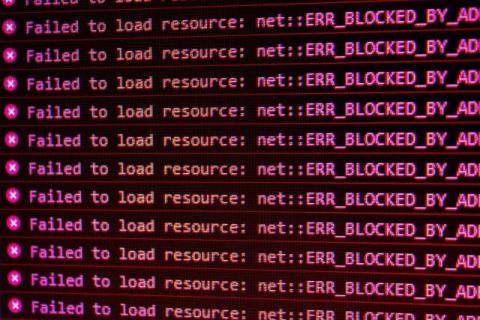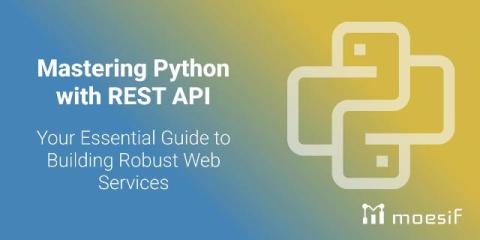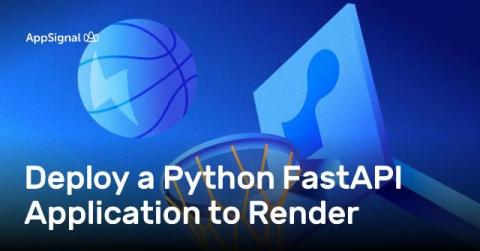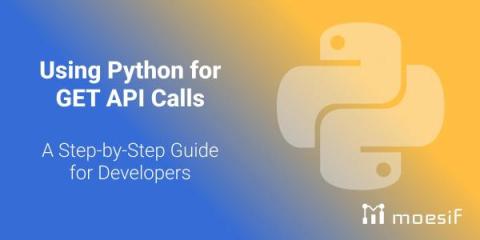Why choose Python and Django for building a custom eCcommerce website?
With practically everything moving online now and consumers making snap decisions about what to buy and what not- can you really afford to not have an ecommerce website for your business? Well, we don’t think so! According to Tech Jury, 90% of online experiences begin with a search engine. Yes, that’s true! This basically means that if your business doesn’t have a website, you’re losing out on a lot of potential consumers.











